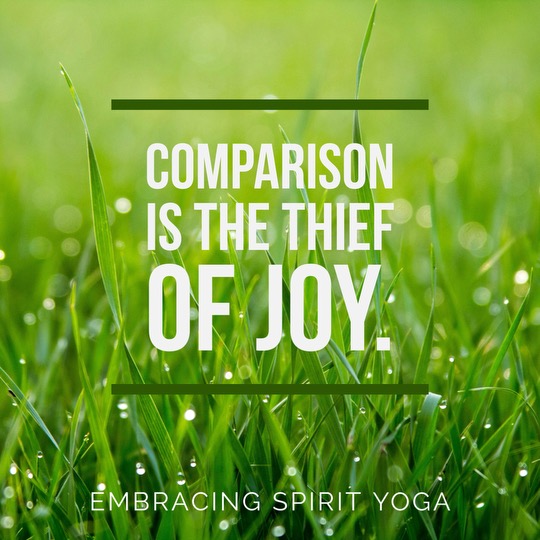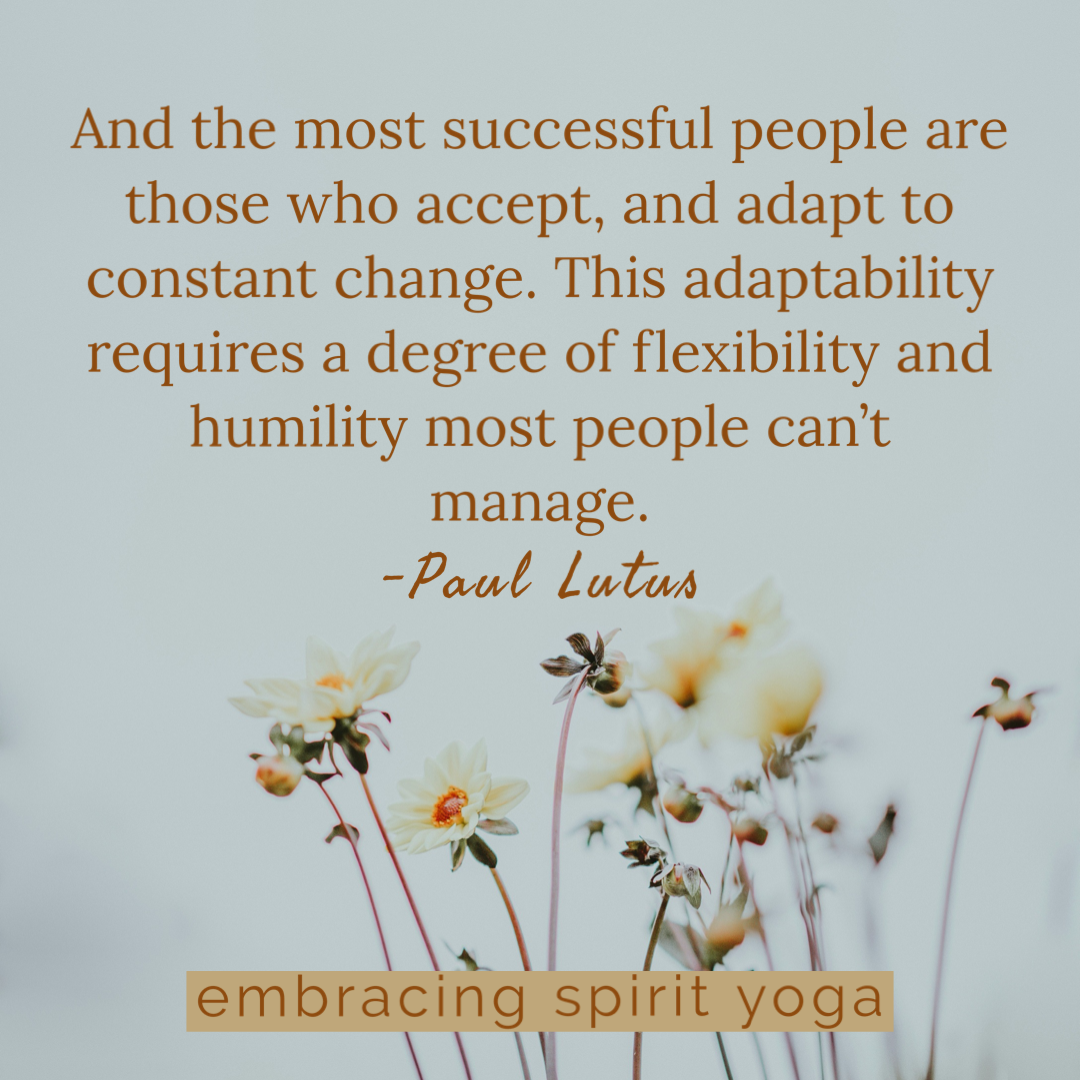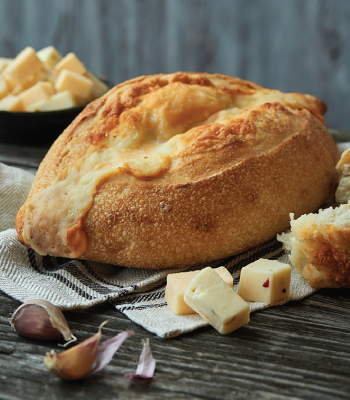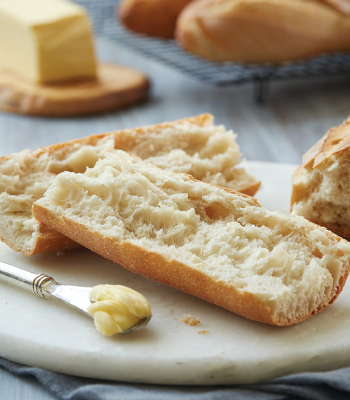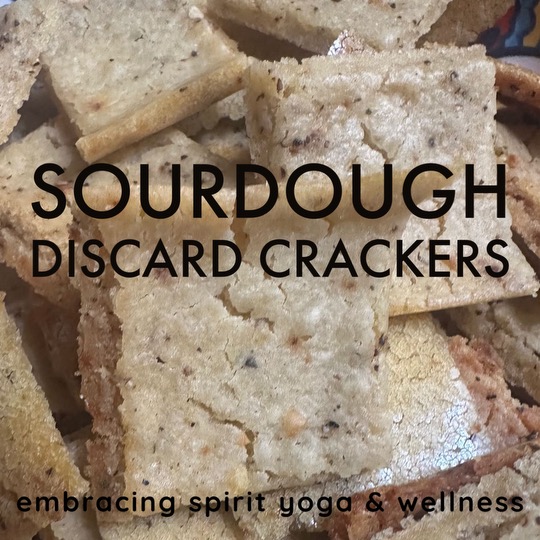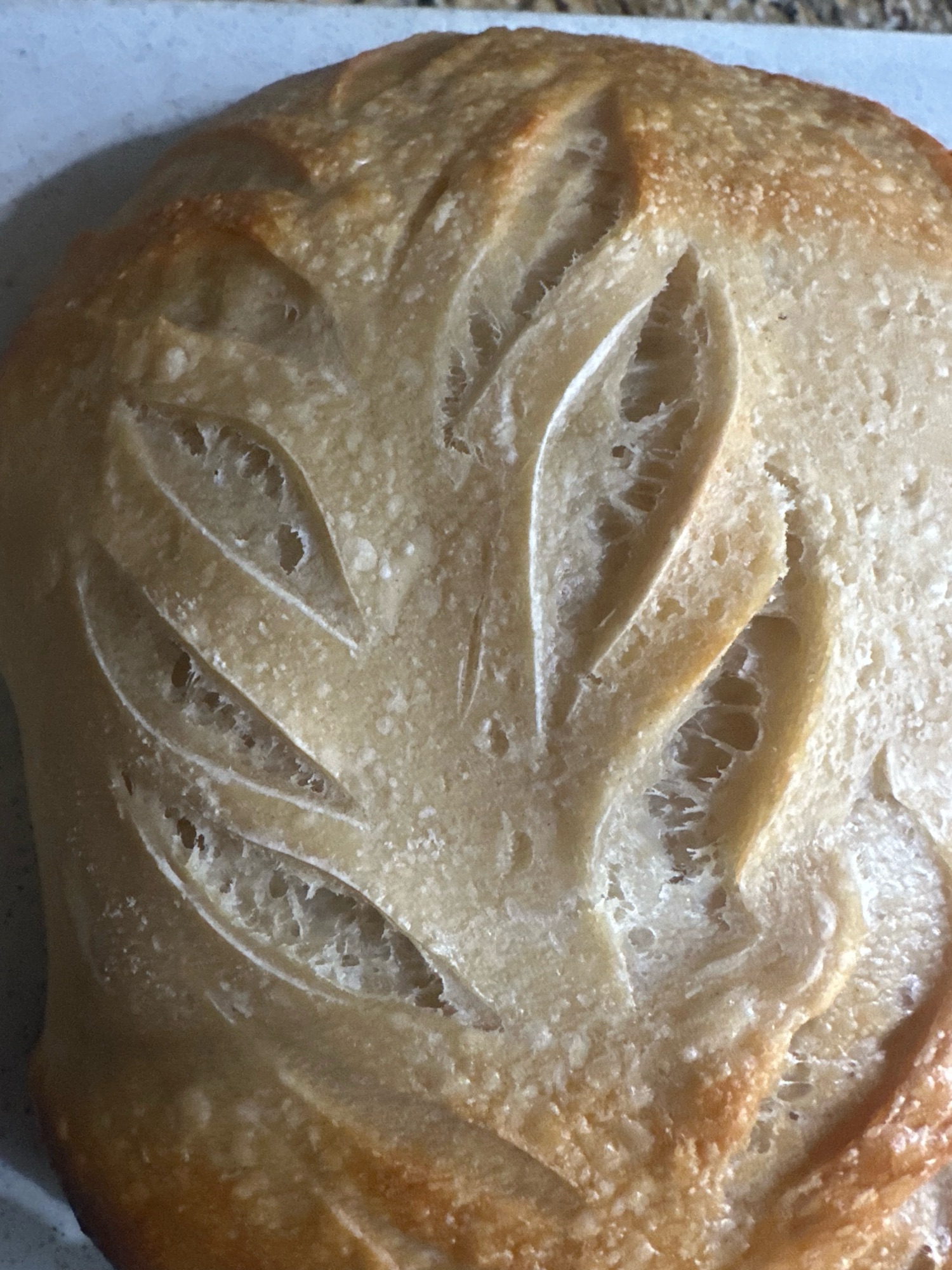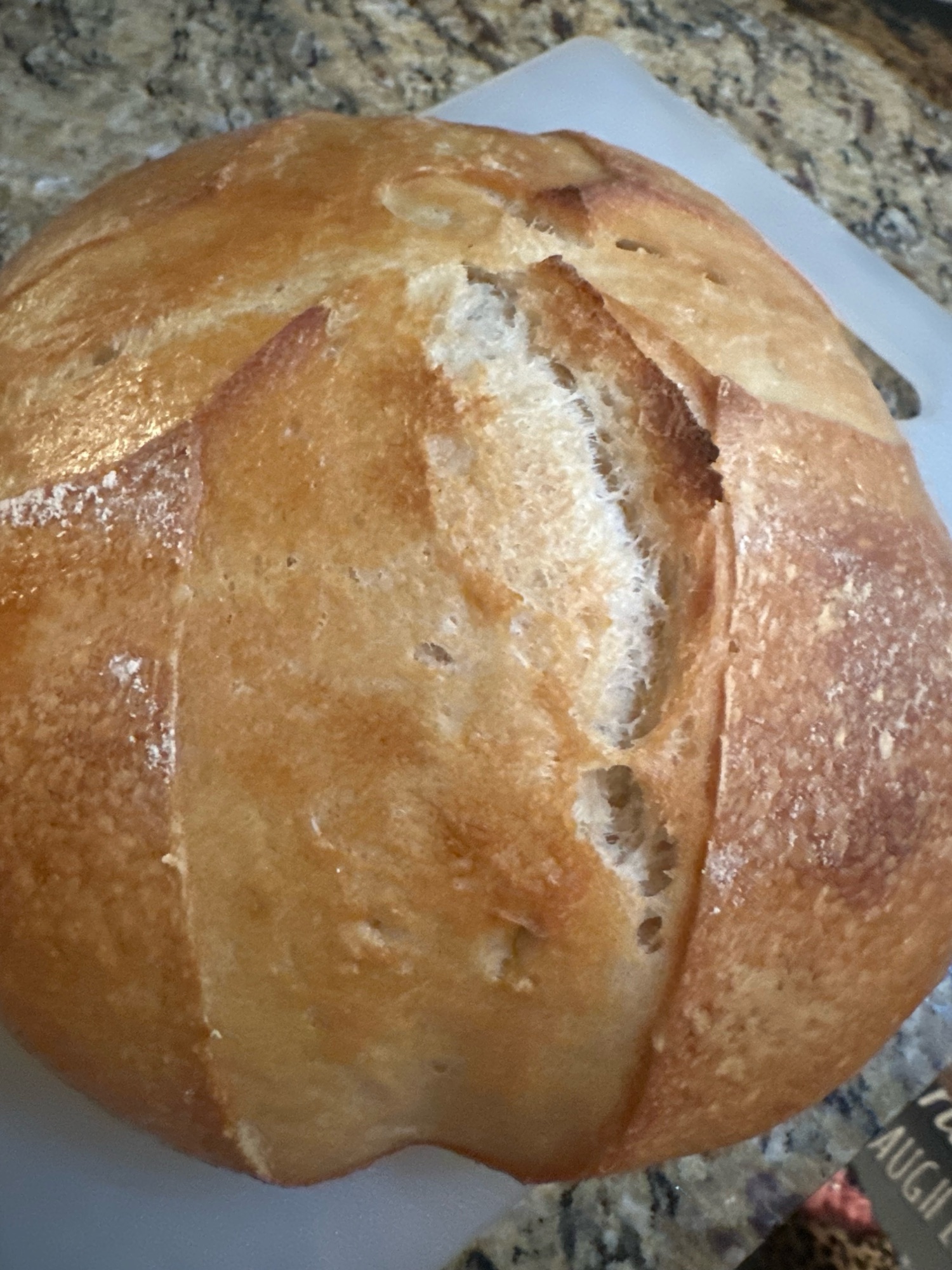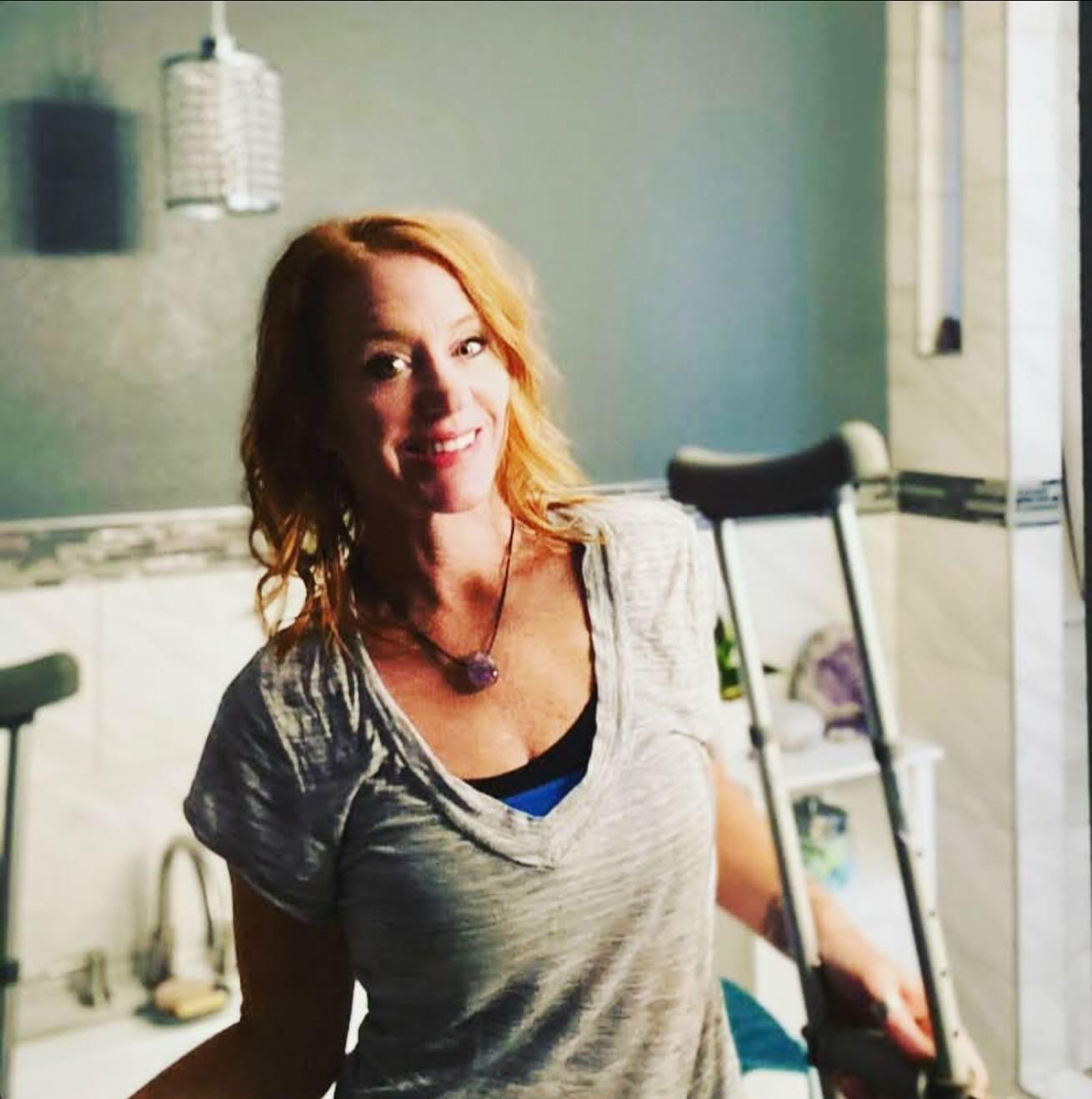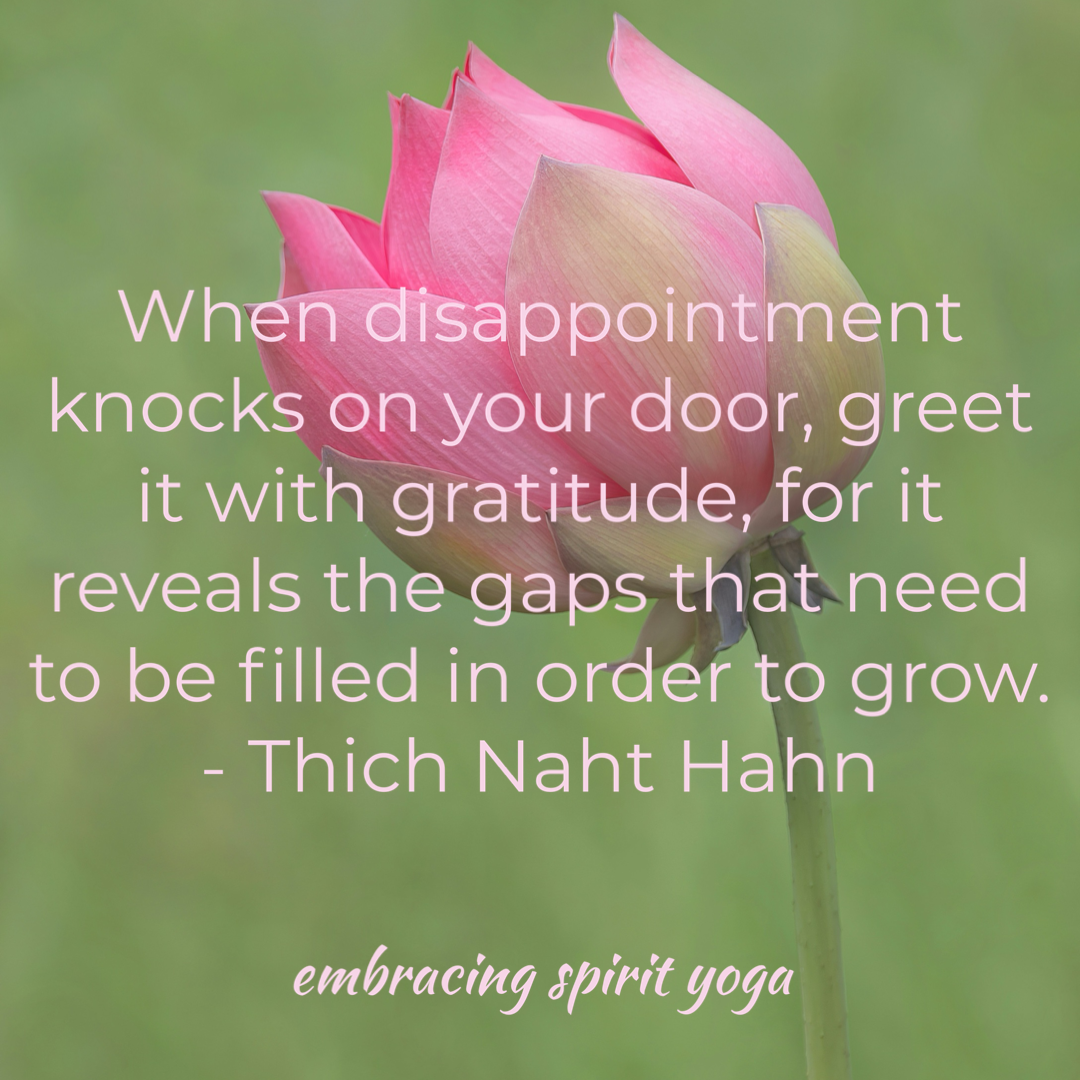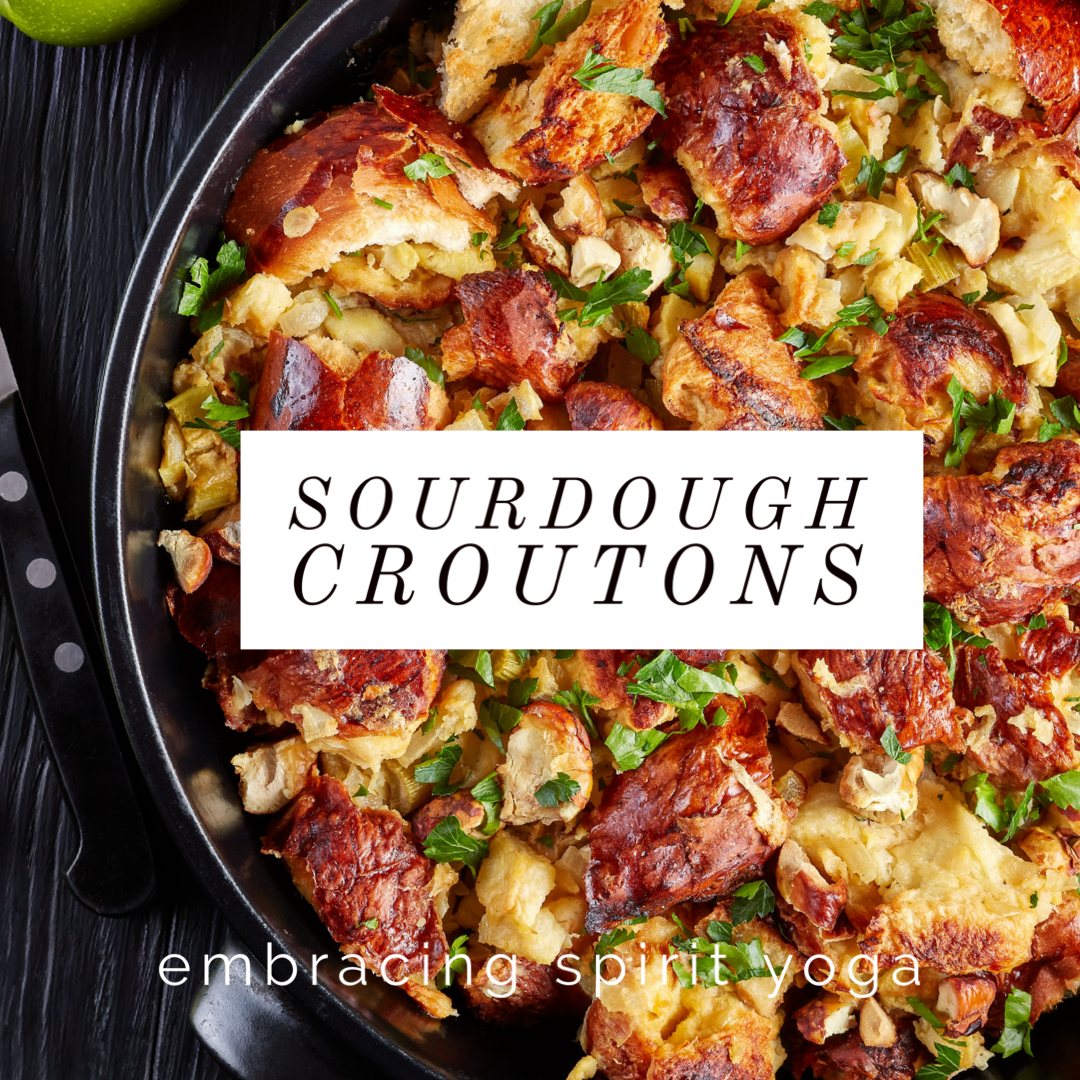How can we maintain our strength and equilibrium in the face of our greatest challenge?
Each morning I sit and read something with the intent to be inspired or at the minimum give me something to ponder throughout the day. This morning I reached for my Yoga 365 book and today’s passage was so aligned with a video I created yesterday talking about the mindful ways we can bring an added element to our healing process. Finding tips and tricks for mindful healing has been my focus this last month.
For me specifically with my recent hip surgery, I am implementing a few strategies that doctors do not necessarily tell you when you are faced with a major surgery. While I greatly appreciate the practical things that a person needs, it is the nuances of daily living that I believe go quite far in the healing process.
Tips and Tricks for Mindful Healing:
Our mindset will greatly influence our mental health during any sort of healing process, whether it is a surgery, an illness or a major life upheaval. These six mindful healing tips are perfect for anyone:
- Keeping a daily routine. If you have always been a person who gets up and reads, or meditates, or journals, or prays, then keep doing that. Don’t sacrifice your spiritual practice because your physical body is working hard to improve. Also, if you are a person that gets up every day and puts a little makeup on, then keep doing that. Taking care of yourself and helping yourself to feel somewhat “normal” during this temporary healing time will do wonders for your happiness factor. Finally, getting dressed everyday and getting out of your pajamas (even if you wear comfy house clothes), the simple act of getting up and dressed everyday will send a message to your brain that you are in fact getting better. Plus, you’ll look better and when we look better, we have a tendency to feel better. I am a huge fan of lipstick and mascara and not a single day has passed that I don’t take the five minutes to make myself feel beautiful.
- Develop a mindset of gratitude. Each day I spend a few minutes in deep gratitude for the surgeon and for the implant in my body. Even though I still have a lot of pain and mobility is hard, I am mindful each day to thank my body for accepting this new joint and welcoming it into my body. I am grateful for my cells moving around my body to encourage healing. I am grateful for my strong muscles that are working hard to regain their strength to support the new joint. When we shift our mindset from a pain point to a gratitude point, our entire mental outlook can shift. Sure, it would be easy to sit in my 3 days worn pajamas and mope that my body hasn’t healed as fast as what others have, and I could complain that the surgery must have somehow gone wrong, and my immune system is overactive causing extra pain, OR I could embrace this new challenge through the lens of gratitude and be intentional about loving this new body part.
- Speak kindly to yourself and others. We have all heard that kindness is the path to a better world. Speaking kindly about yourself and to yourself during this time of vulnerability is so important. Falling into the trap of self-pity, or worse self-defeating language will only slow your progress. For the people who are helping you, they are doing their very best to make sure that you are healing and comfortable and if you are a person who is usually very self-sufficient, it can be emotionally draining on your family and friends to see you in a different way. Be kind and thank them for every small thing that they are now doing for you. We have a tendency to be hardest on ourselves and those closest to us so remembering to speak kindly will be a huge asset to you.
- Setting up your space. The doctor will likely give you a few tips to get your home ready for when you come home from surgery–things like remove loose area rugs, move items to waist level, get your medications refilled, have a grabber for picking up dropped items, etc. These are all great and much needed suggestions, however I found a few more things that have helped me feel better. I made sure that the items I use regularly like essential oils, diffusers, herbal teas, supplements, hand lotion, and other self care items are accessible. I created a space in my house specifically for this healing process where I have a comfy chair, a basket of healthy snacks, a stash of essential oils, a diffuser, my favorite electric tea pot, books, journals, fun pens, my iPad, beautiful plants, and plenty of chargers within one room. This eliminates the constant need for someone to run get something for me AND it gives my space the homey and comfortable feel that I like everyday. Imagine trying to heal in a cold, dark, sterile, or dingy environment. Yuck. Make your space pretty and just what YOU like because you are gonna be there a while.
- You have to have movement. Any type of movement to get circulation going is so imperative. If you have had hip surgery like me, move your upper body. If you have had shoulder surgery, move your lower body. At the minimum move your spine in all six directions once a day. It literally takes five minutes and will increase circulation, get your chi moving and make you feel good which are all good things when it comes to healing. Movement is medicine.
- Start a new hobby. You might be thinking that a new hobby right now is too overwhelming but I am telling you, it will shift your awareness from hurting and not feeling great to something productive and potentially fun. If you have never been a big reader, now is a great time to download your free library app and start borrowing books (yes, even on a small phone this can be enjoyable), or ask to borrow books from friends. Maybe you have always wanted to learn how to knit or crochet…YouTube is filled with tutorials and Amazon delivers yarn and crochet hooks. Perhaps you have been wanting to take up writing your own blog on a topic you are passionate about. What a great time to put your brain on something other than pain. For me, I have enjoyed crocheting, jigsaw puzzles on my iPad, digital planning, and making sourdough anything. The joy factor is increases while I am doing those activities and my mind is less focused on hurting.
And there you have it! These are easy ways to maintain your strength and equilibrium while faced with one of the hardest things you may ever go through. By redirecting my thoughts, speaking kindly, wearing my favorite shade of lipstick and clean clothes everyday, easy movements, eating healthy organic cashews and sipping tea, AND feeding my brain with wholesome hobbies while being SO grateful, I am on my way!

